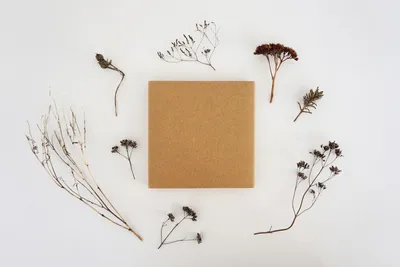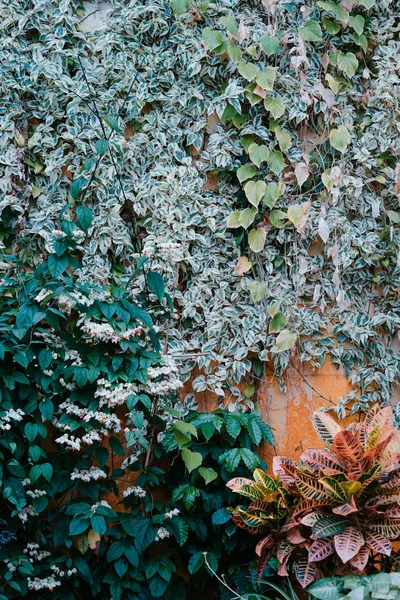
Why Integrate Natural Elements with Paint?
Incorporating natural elements into your living space has been a longstanding interior design trend. Natural elements bring a sense of serenity, balance, and warmth to any room. When combined with the right paint colors and techniques, these elements can enhance the aesthetic appeal of your interiors. This article delves into the best practices for integrating natural elements with paint to create inviting and harmonious living spaces.
Choosing the Right Natural Elements
Wood
Wood is a versatile natural element that complements a range of paint colors. Whether you prefer a rustic, modern, or traditional look, wooden accents can bring warmth and texture to your interiors. Consider pairing wooden elements with earthy paint tones like beige, brown, or muted greens. This combination helps create a cohesive and inviting environment.
Stone
Stone adds a rugged, earthy charm to interiors. When combined with paint, it can create striking contrasts or seamless blends. Use shades of gray, white, or even bold colors like deep blue or green to highlight stone accents. This approach can emphasize the natural beauty of stone while ensuring your space feels balanced.
Plants
Indoor greenery is a simple yet effective way to introduce natural elements into your living space. Choose paint colors that complement the lush green of your plants, such as neutral tones or soft pastels. Incorporating plant shelves or green walls can make your space feel fresh and vibrant.
Best Paint Colors to Complement Natural Elements
Earthy Tones
Earthy tones like terracotta, beige, and sienna are perfect for creating a warm, grounded atmosphere. These colors pair well with wooden furniture, stone features, and plant decor. Use these tones in living rooms, bedrooms, or any area where you want to establish a cozy and inviting atmosphere.
Neutral Colors
Neutral colors like white, gray, and taupe provide a perfect backdrop for natural elements. They create a clean, uncluttered look that allows the beauty of wood, stone, and plants to stand out. These colors are incredibly versatile and work well in any room of your home.
Bold Accents
If you’re looking to make a statement, consider using bold paint colors like deep blue, forest green, or rich burgundy alongside your natural elements. These colors can create focal points and add depth to your design. Use them sparingly to avoid overwhelming the space.
Application Techniques for a Seamless Blend
Color Blocking
Color blocking is an excellent technique for integrating natural elements with paint. This method involves painting sections of a wall in different colors to create visual interest and highlight specific areas. Use color blocking to draw attention to wooden beams, stone features, or plant displays.
Ombre Effect
The ombre effect, where colors gradually blend into one another, can create a stunning backdrop for natural elements. This technique works especially well with earthy tones and can be used to mimic the gradients found in nature, such as the transition from sky to horizon.
Accent Walls
Accent walls are a popular choice for incorporating bold paint colors and highlighting natural elements. Choose a wall that features or is adjacent to wooden furniture, stone decor, or significant plant arrangements. This technique can add depth and interest to your space without overpowering it.
Final Thoughts
Integrating natural elements with paint is an effective way to create harmonious and visually appealing interiors. By choosing the right natural elements, paint colors, and application techniques, you can transform any room into a serene and inviting space. Experiment with different combinations and find what works best for your style and home.
Top Interior Design Posts
Check out our most popular articles on interior design, featuring reader favorites on plants, textures, patterns, and more.



